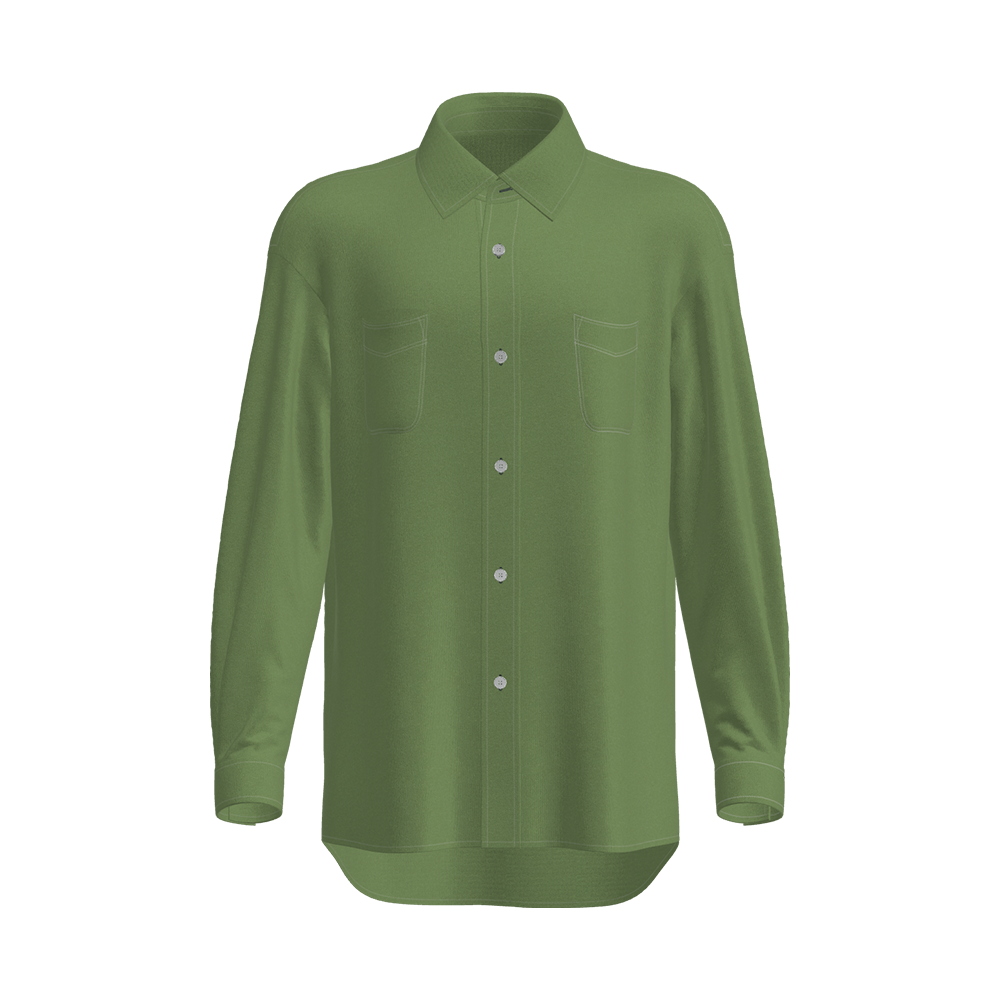
How Do You Evaluate the Durability and Wicking Performance of a Single Jersey?
Understanding the Foundation: What is a t moisture wicking single jersey?
Before delving into evaluation metrics, it is important to understand the fundamental construction of the material in question. A single jersey is the most common type of knit fabric, recognizable by its distinct “V” shape on one side (the technical face) and a bumpy appearance on the other (the technical back). This structure is produced on a circular knitting machine and is known for its elasticity, comfort, and draping quality. The term t moisture wicking single jersey typically refers to a single jersey fabric that has been engineered, either through its fiber content or through a subsequent finishing process, to transport moisture away from the skin to the outer surface of the fabric where it can evaporate more readily. This engineering is most commonly achieved using hydrophobic synthetic fibers like polyester or polypropylene, or through blends of polyester and cotton where the polyester facilitates wicking while the cotton provides comfort. The evaluation process must therefore consider both the innate properties of the raw materials and the impact of any finishing treatments applied to the constructed fabric.
The Science and Specification of Wicking Performance
Moisture management is not a single function but a series of simultaneous processes: absorption, wicking, spreading, and evaporation. For a t moisture wicking single jersey, wicking—the capillary action that moves liquid moisture through the fabric—is paramount. Evaluating this requires a multi-faceted approach that considers both standardized testing and practical observation.
Key Factors Influencing Wicking Efficacy
The wicking capability of a t moisture wicking single jersey is primarily governed by its fiber composition, yarn construction, and fabric finish. Hydrophobic fibers, such as polyester, do not absorb water but instead encourage it to move along the surface of the fiber and through the gaps between fibers and yarns. The geometry of these gaps (capillaries) is critical; finer capillaries generally create stronger capillary action, pulling moisture more efficiently. This is often achieved through micro-denier fibers—extremely fine filaments that create a high density of capillaries within the yarn. Furthermore, the construction of the yarn itself, for instance, whether it is a continuous filament or a spun yarn, will influence the surface area and capillary structure. Lastly, chemical finishes can be applied to enhance this effect. A hydrophilic finish can be added to a hydrophobic fiber like polyester, making it attract water and thereby significantly boosting its wicking speed and overall moisture management profile.
Standardized Test Methods for Wicking
To objectively evaluate wicking performance, the industry relies on several established standard test methods. These provide quantifiable, reproducible data that allows for accurate comparison between different fabric samples.
- AATCC 197: Vertical Wicking Test: This is a fundamental test for assessing a fabric’s ability to wick moisture vertically. Strips of the fabric are suspended vertically with their bottom edges immersed in a reservoir of water or a saline solution. The height to which the water travels up the fabric strip within a specified time period (e.g., 5, 10, 30 minutes) is measured. A higher wicking height indicates faster and more effective moisture transport. This test is excellent for providing a quick, visual comparison of wicking potential.
- AATCC 195: Liquid Moisture Management Properties: This is a more comprehensive and sophisticated test that provides a complete profile of a fabric’s moisture management capabilities. Using a specialized instrument with electrical sensors, it measures multiple parameters simultaneously on both sides of the fabric. It assesses the wetting time (how long it takes for moisture to penetrate the inner surface), absorption rate (how quickly the fabric takes in moisture), spreading speed (how fast moisture spreads laterally), and the accumulative one-way transport index (the overall ability to move moisture from the inner to the outer surface). The results classify fabrics into various categories, providing a holistic view of performance that a simple vertical wicking test cannot.
Practical Buyer Assessments
While laboratory tests are the gold standard, buyers can conduct simple practical evaluations to quickly screen samples. A drop test, where a single drop of water is placed on the inner surface of the fabric, can be revealing. In a high-quality t moisture wicking single jersey, the water droplet should quickly vanish, being absorbed and/or transported through the fabric, leaving the surface feeling relatively dry to the touch. Conversely, if the droplet beads up and sits on the surface (indicating a possible lack of finish or the wrong fiber type) or is absorbed but then spreads widely and leaves a wet, cold patch (typical of cotton), the wicking performance is likely subpar for high-intensity applications.
A Framework for Assessing Durability and Longevity
Durability ensures that the garment maintains its performance, structural integrity, and appearance throughout its expected lifespan. For a t moisture wicking single jersey, durability is not just about resistance to tearing; it encompasses a range of physical properties that affect how the fabric withstands mechanical stress, abrasion, and repeated laundering.
Primary Mechanical Properties
The core strength of any knit fabric is measured by its resistance to pulling and tearing forces. These are quantified through destructive testing, providing key metrics for comparison.
- Tensile Strength: This measures the force required to break a fabric strip by pulling it apart in one direction. It is tested in both the course (widthwise) and wale (lengthwise) directions of the knit. A higher tensile strength indicates a stronger, more robust fabric that is less likely to rip under stress. This is a critical specification for activewear and workwear applications where garments are subject to stretching and pulling.
- Tear Strength: Different from tensile strength, tear strength measures the force required to propagate an existing rip in the fabric. This is often considered a more practical measure of durability for end-use, as damage often starts from a small snag or puncture. A high tear strength is a strong indicator of overall fabric resilience.
Resistance to Abrasion and Pilling
The daily wear and tear of movement, friction against equipment, and repeated washing cycles can cause surface degradation. Abrasion resistance is the fabric’s ability to withstand this surface wear. The standard test for this (Martindale or Wyzenbeek) involves rubbing the fabric against a standard abradant under a controlled pressure until a predetermined endpoint is reached, such as a broken thread. The number of cycles the fabric withstands is its abrasion resistance rating.
A direct consequence of abrasion is pilling—the formation of small, tangled balls of fiber on the fabric’s surface. These pills are created when loose fibers work their way out of the yarn structure and are rolled into balls by friction. Pilling makes a garment look old, worn, and unkempt long before its structural integrity is compromised. Evaluating pilling resistance is therefore crucial for aesthetic durability. This is typically rated on a scale from 1 (severe pilling) to 5 (no pilling) after subjecting the sample to controlled agitation in a pill testing box. Tightly spun yarns and continuous filament fibers generally exhibit superior pilling resistance.
Colorfastness and Laundering Durability
A garment’s “like-new” appearance is largely dependent on its ability to retain its color and shape. Colorfastness to washing tests measure the degree of color transfer from the fabric to others in the wash (staining) and the loss of color from the original fabric (fading). A high rating ensures the garment will not bleed onto other items and will maintain its vibrancy over time. Furthermore, durability to repeated home laundering is a broad test that assesses the fabric’s ability to maintain its properties—including dimensional stability (shrinkage or growth), pilling, color, and overall hand feel—after a specified number of home wash and dry cycles. This provides a holistic prediction of how the t moisture wicking single jersey will perform throughout its life with the consumer.
Table 1: Key Performance Tests for Evaluation
| Test Category | Standard Test Methods | What It Measures | Importance for Buyers |
|---|---|---|---|
| Wicking Performance | AATCC 197, AATCC 195 | Vertical moisture transport, one-way transfer, spreading speed | Quantifies core moisture management claims, ensures user comfort. |
| Tensile Strength | ASTM D5034, ASTM D5035 | Force to break the fabric under tension. | Indicates resistance to ripping and tearing during use. |
| Tear Strength | ASTM D1424 | Force required to propagate a tear. | Measures durability against snags and punctures. |
| Abrasion Resistance | ASTM D4966, ASTM D4157 | Resistance to surface wear from rubbing. | Predicts garment lifespan and aesthetic longevity. |
| Pilling Resistance | ASTM D4970, ASTM D3512 | Formation of fuzz balls on the fabric surface. | Ensures the garment maintains a new appearance after washes. |
| Colorfastness | AATCC 61, AATCC 8 | Color loss and transfer during washing. | Protects brand reputation by preventing fading and bleeding. |
The Interplay Between Performance and Longevity
It is a common misconception that performance and durability are independent attributes. In reality, they are deeply interconnected, and a change in one can profoundly affect the other. For instance, a chemical wicking finish applied to a t moisture wicking single jersey may provide exceptional initial moisture transport. However, if that finish is not durable itself, it may wash out after 10-20 launderings, leaving a fabric with significantly diminished wicking capabilities. The garment may still be structurally sound (durable in a mechanical sense) but has lost its core performance feature. Therefore, it is imperative to ask suppliers not only for initial performance test reports but also for data on how these properties hold up after repeated laundering. A high-quality fabric will be engineered for lasting performance, ensuring that the wicking property is intrinsic to the fiber or that any applied finish is robust and long-lasting.
Similarly, the process of abrasion and pilling can directly impair wicking performance. As pills form on the surface, they can disrupt the smooth pathways and capillaries designed to transport moisture. A fabric that initially tests well for wicking may see a decline in this performance as its surface becomes matted and fuzzy from wear and washing. Therefore, selecting a t moisture wicking single jersey with high pilling resistance is also an indirect way of protecting its long-term moisture management capabilities.
LATEST POST
Let’s create something amazing together
contact usDon't hesitate to contact when you need us!



 English
English 한국어
한국어 中文简体
中文简体

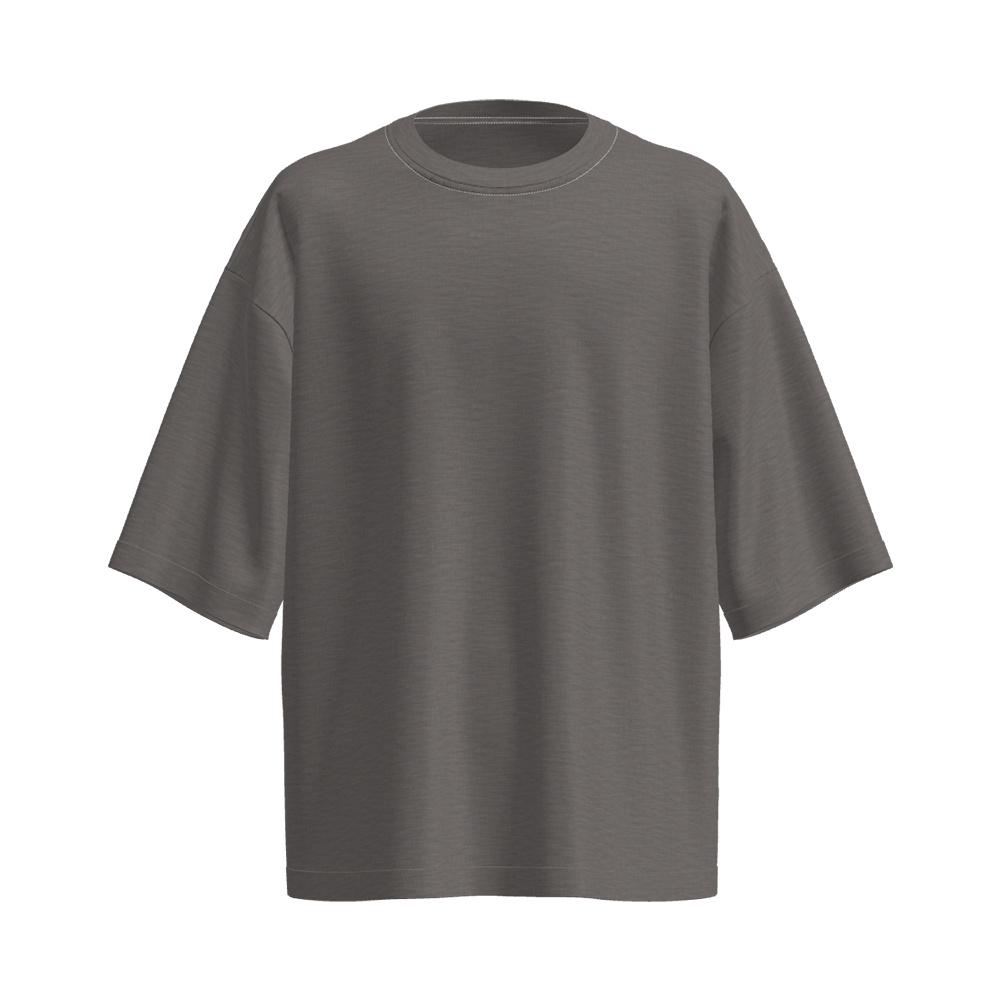
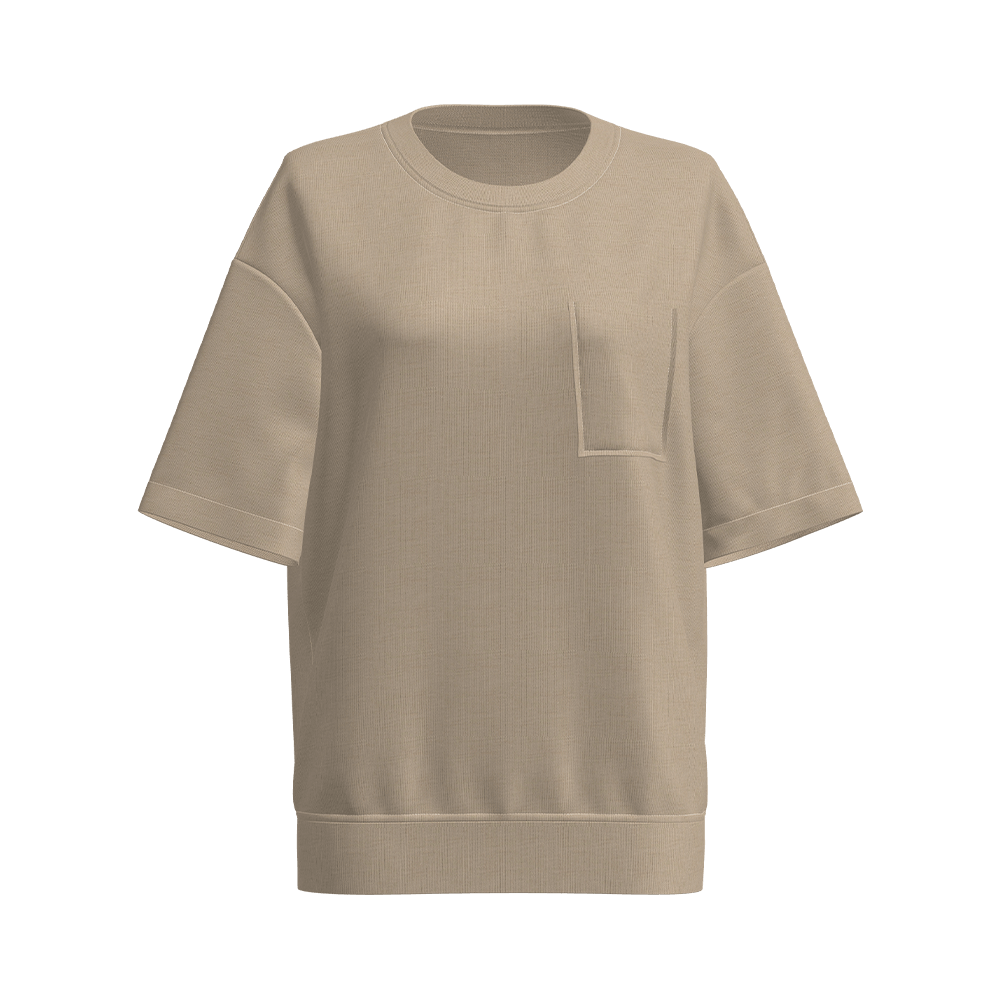

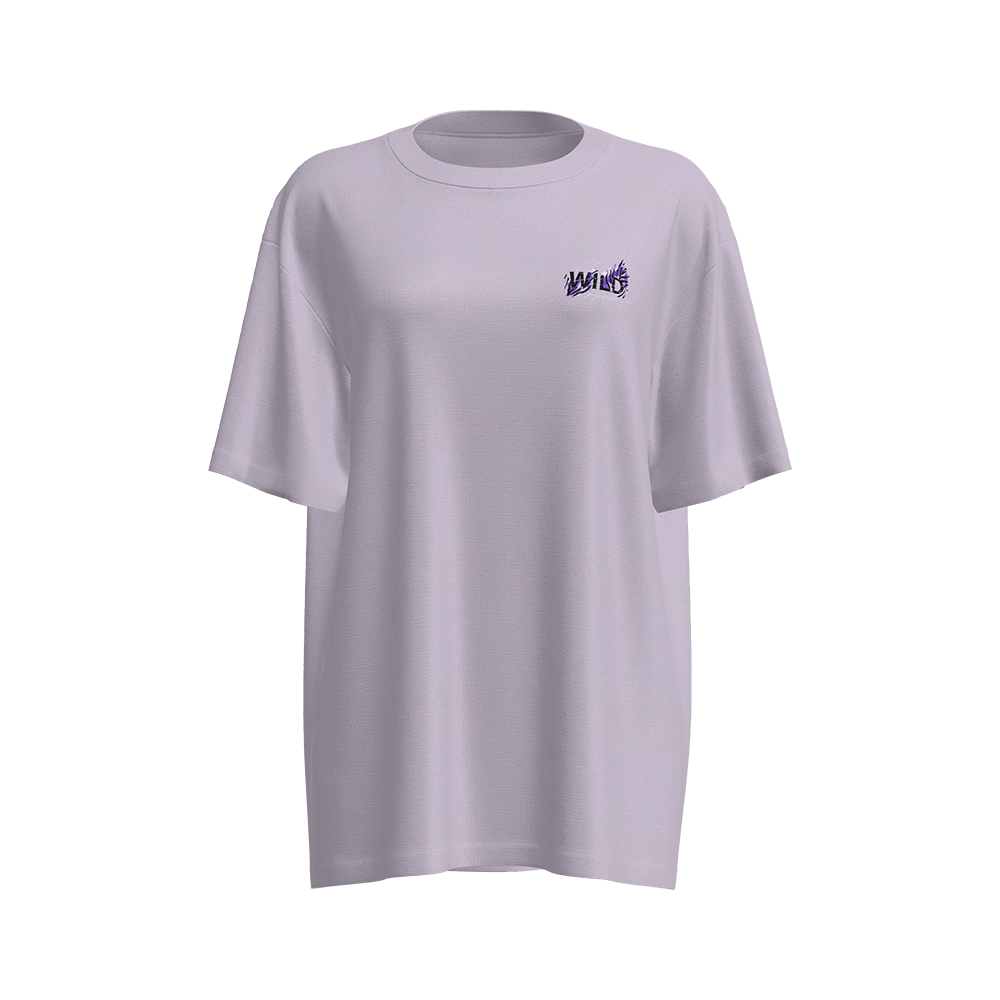
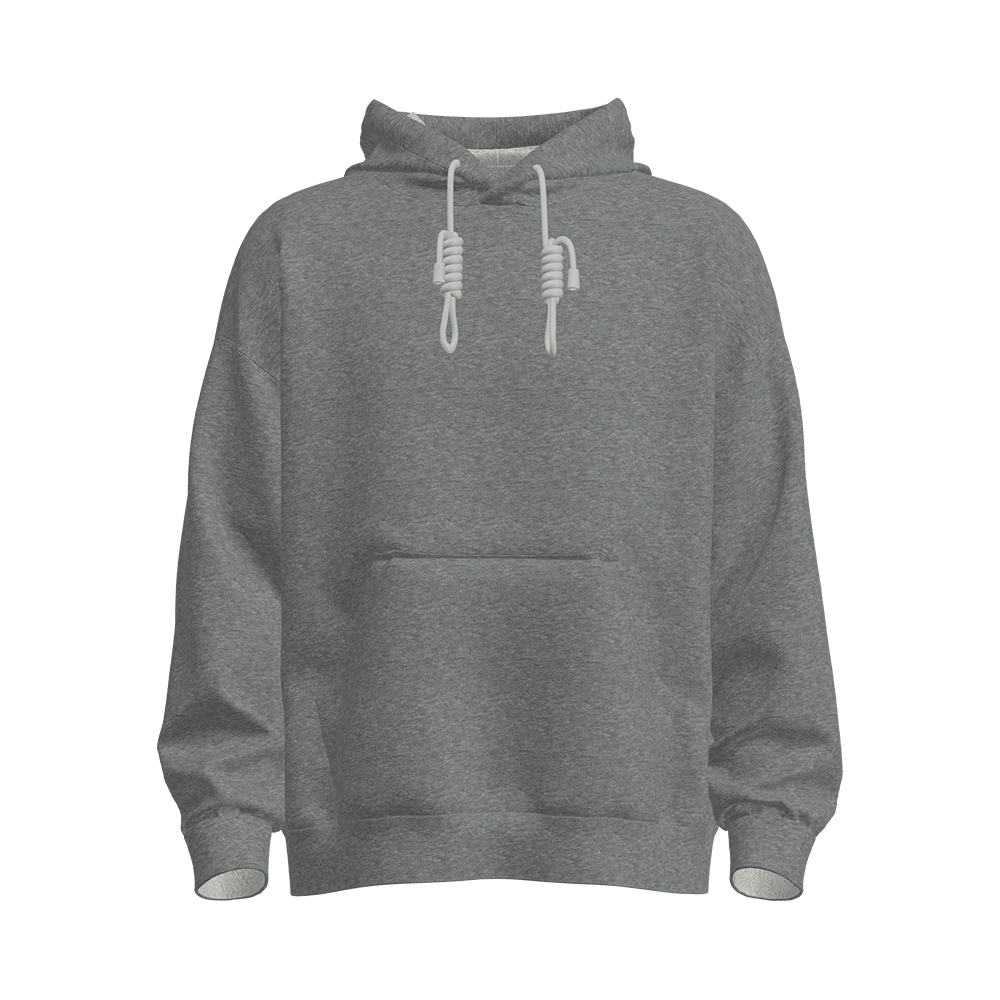
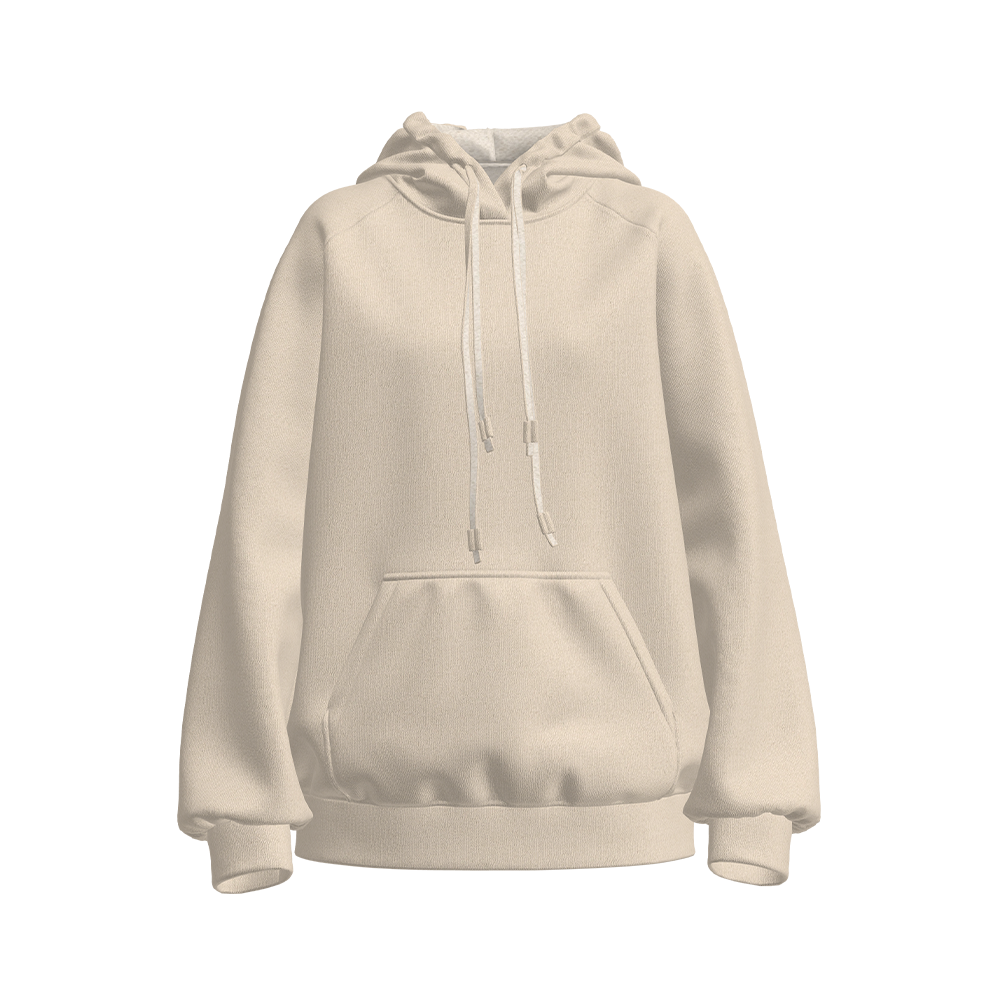


 +86-512-52528088
+86-512-52528088 +86-512-14546515
+86-512-14546515

